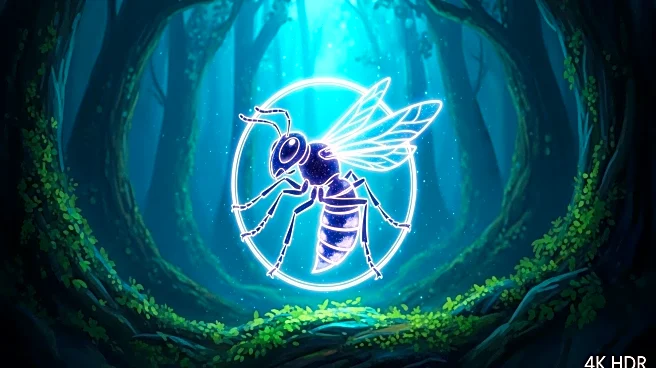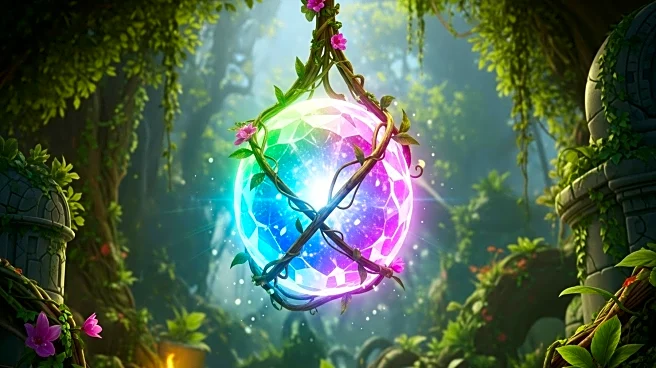What's Happening?
Makoto Koji, an animator turned voice actor, has brought the character Hornet to life in the upcoming game Silksong, a sequel to Hollow Knight. Unlike the silent protagonist of the original game, Hornet is voiced, adding a new dimension to the character. Koji, who shared an office with the game's developers, Team Cherry, was initially not a trained voice actor but took on the role after a friend moved overseas. Her portrayal of Hornet involves speaking in gibberish, a creative choice that allows her to express complex emotions with simple, instinctual sounds. This approach has resonated with the Hollow Knight community, who have embraced the unique language Koji created for the character.
Why It's Important?
The introduction of a voiced protagonist in Silksong marks a significant shift from the original Hollow Knight, potentially enhancing player engagement and emotional connection to the game. Koji's innovative use of gibberish as a language adds depth to the storytelling, allowing players to experience the narrative in a new way. This development highlights the evolving nature of video game character design and the importance of voice acting in creating immersive gaming experiences. It also underscores the collaborative efforts in game development, where animators and voice actors contribute to the richness of the characters.
What's Next?
As Silksong prepares for release, the gaming community is likely to anticipate how Hornet's voiced character will impact gameplay and narrative. Team Cherry's decision to incorporate voice acting may influence future game designs, encouraging other developers to explore similar creative avenues. The reception of Koji's performance could lead to further opportunities for her in voice acting, expanding her career beyond animation. Additionally, the success of Silksong could set a precedent for sequels in the gaming industry, where character development and voice acting play crucial roles.
Beyond the Headlines
Koji's transition from animation to voice acting reflects broader trends in the gaming industry, where multidisciplinary skills are increasingly valued. Her work on Silksong exemplifies how creative professionals can adapt and thrive in new roles, contributing to the dynamic nature of game development. This shift also highlights the importance of fostering collaborative environments, where diverse talents can come together to create compelling and innovative content.










